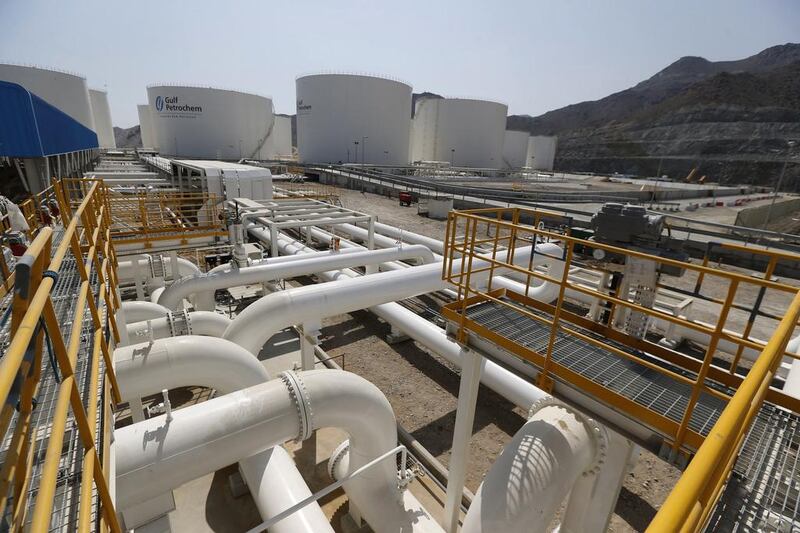A sustained deficit in the oil market this year from continued production cuts will push the price of Brent to $75 a barrel in 2019, and further up to $78 a barrel in 2020 on a year-on-year average basis, according to BMI Research.
"Strengthening prices will elicit a more forceful reaction from US shale and new Brazilian supply and may also, in our view, bring Saudi spare capacity," BMI said in its latest report. The new growth alone will not plug the looming supply gap and the market is set to enter a sustained deficit from 2018, placing upside pressure on prices, it added.
Opec, led by Saudi Arabia and producers outside the organisation, in particular Russia, entered into a pact to restrict their production levels by 1.8 million barrels per day (bpd) from the beginning of 2017 to draw down global inventory levels, blamed for the slump in the oil market that saw prices plunge to $29 a barrel in the beginning of 2016 from $100 levels two years prior.
The output curbs extended now until the end of 2018 pushed the price of Brent to a three-year high of $70.53 a barrel last month,
__________
Read more:
How close is the world to 'peak oil demand'?
Tankers suspected as Fujairah shores count cost of oil leak
__________
BMI, a Fitch subsidiary, sees prices remaining at $65 for the rest of year on the back of high compliance among Opec members and a bullish outlook on US shale, which is expected to act as headwind on any increases in price.
While BMI's estimates are higher than the Bloomberg consensus of $62 a barrel for Brent, it is conservative when compared with Goldman Sachs' outlook, which forecasts a high of $80 a barrel in six months for the same benchmark. The investment bank anticipates Brent to rise to $75 a barrel in three months and drop down to the same level after its mid-year peak of $80 a barrel, on the back of rising US shale production.
BMI noted that Brent's bullish start to the year had already begun losing steam. Prices averaged $67.77 a barrel at 4pm Dubai time. Seasonal crude inventory build up towards the end of the first quarter of the year could also add to the downside, it added. While Opec has maintained fidelity to the output pact, over-complying in some cases, this year could see some slippages, according to the report, especially among producers who can ramp up spare capacity with price increases. The neutral zone between Saudi Arabia and Kuwait remains the only spare capacity concession in the region, while Iraq, the region's second-largest producer, said it is targeting output of five million bpd this year.







